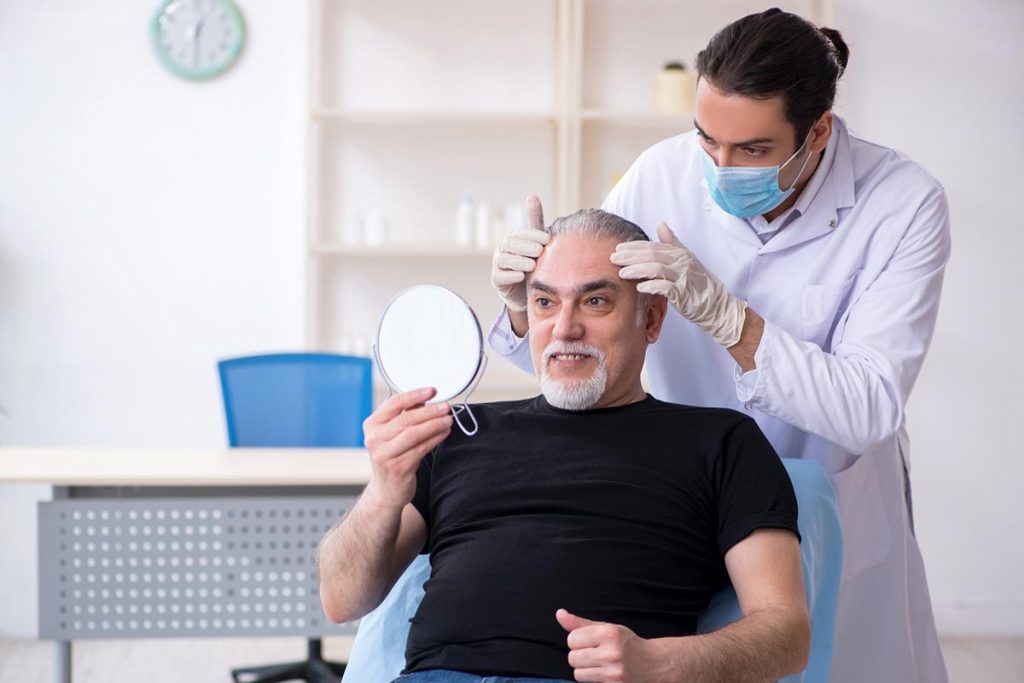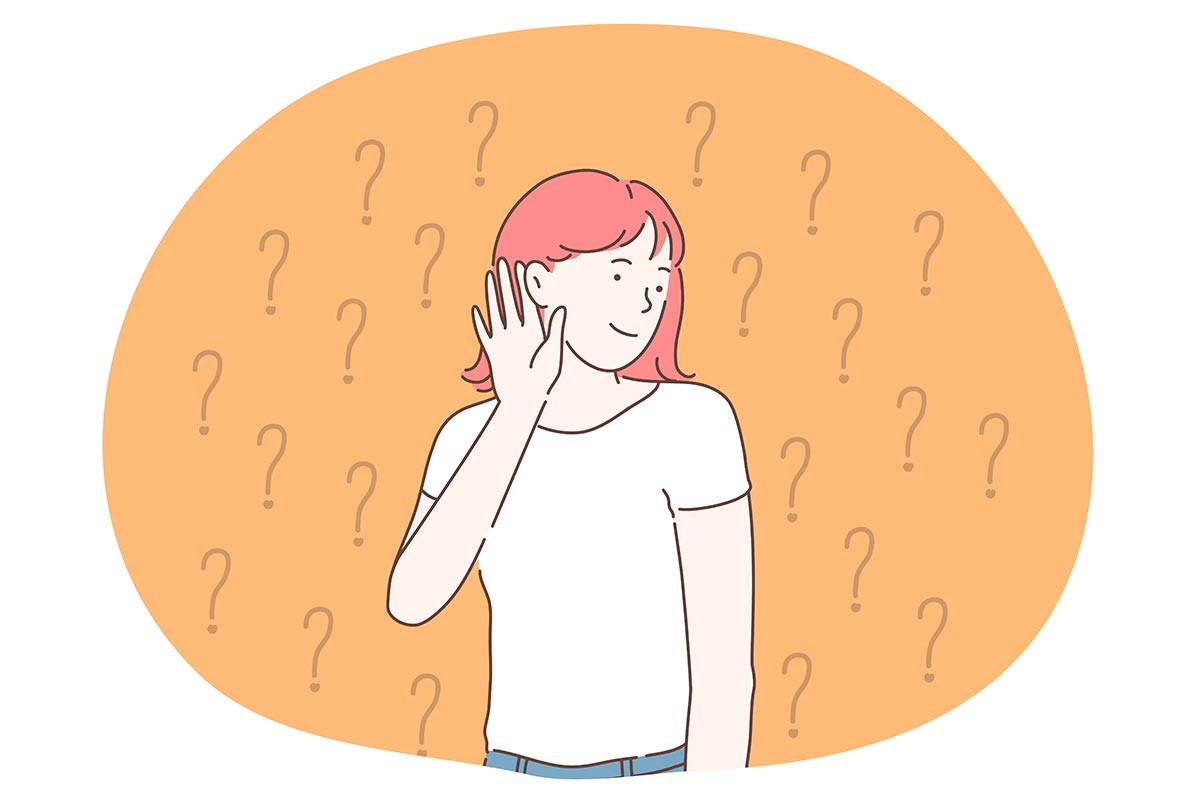As an aesthetic practice owner, it’s important to understand and manage the different types of patients that come through your doors. From the new patient to the VIP patient, each patient has unique needs, wants, and expectations. In this article, we will discuss eight types of patients that aesthetic practice owners are likely to encounter, and how to effectively manage them.
The New Patient
The new patient is the one who walks into the clinic for the first time. As aesthetic practice owners, making a good first impression is essential. Having notes on the consultation so the front desk person can relate to or simply calling the patient by name are two things that are very endearing for new patients.
The Undecided Patient
This patient is one who knows they want something done but does not know what it is or how much it costs. They have seen different procedures on social media, in magazines, or been told by friends and family what to do. The best way to help these patients is to develop a plan and give them direction on what needs to be done.
The Upset Patient
An upset patient walks into the clinic angry or upset about something that could even be unrelated to the clinic or their treatment. They may have had a bad day or be upset about a complication or side effect of a treatment. It is important to understand why they are upset and work with them to fix the problem. Having an informed consent process, discussing side effects and efficacy, and managing expectations is important in dealing with upset patients. Happy patients make for happy reviews, so it is vital to make sure these patients leave the clinic happy.
The Negotiator patient
The rise of deals like Groupon has turned many patients into negotiators. Patients are no longer excited about the 10% discounts. It is essential to know how to negotiate with such patients. One way to do this is to offer them a discount or a package deal that works for both parties. Another way is to explain the value of the treatment or service they are getting.
The Shopper Patient
The shopper patient is one who is looking for the best deal. This type of patient is common in med-spas, where they can compare prices online. In a plastic surgery or dermatology practice, however, the credibility of the clinic and the physician is more important than the price. These patients often come in with a budget, so it is important to provide them with realistic expectations based on their budget.
The VIP Patient
One of the most valuable types of patients is the VIP patient. These are the individuals who have been loyal customers for years and know the services offered by the practice. These patients can be vocal and often share their positive experiences with others, making them valuable cheerleaders for the practice. Recognizing VIP patients annually through an appreciation event or personalized card is also an effective way to show gratitude and build a strong bond.
The Red-Flag Patient
Practices know that they should be turning away red-flag patients. This includes individuals with body dysmorphia, those who are already involved in a lawsuit, or who are demanding and rude to staff. It is essential to turn away red-flag patients as they can cause more harm than good to the practice. Always trust your gut, and don’t hesitate to refuse services. Empowering the team to identify red flag patients can also be helpful in managing difficult patients. It is crucial to acknowledge patients who do not fit with the practice and let them know that the practice cannot meet their expectations. It is essential to thank them for coming in and wish them the best in finding the right services.
The Indecisive Patient
The indecisive patient is one who seeks consultation at an aesthetic practice but struggles with making a decision to move forward with treatment. Although they have been provided with the necessary information during the consultation, they are hesitant to proceed with the recommended treatment plan. This patient is not confused about what to do, but rather they are unable to execute their treatment plan. The practice can follow up with them every 30 days for 90 days and offers promotions or educational events to keep them engaged. As every patient is unique and different, the practice is patient and continues to share information until the indecisive patient is ready to proceed.
In conclusion, an aesthetic practice sees many different types of patients. Each patient has unique needs, wants, and expectations, and it is important to provide them with the best possible care.










